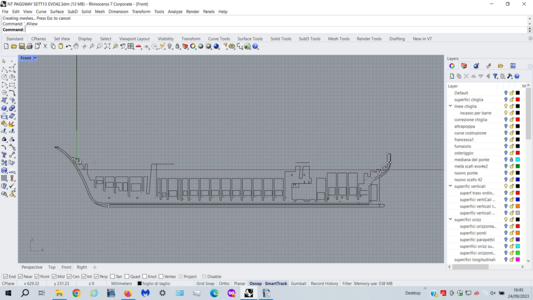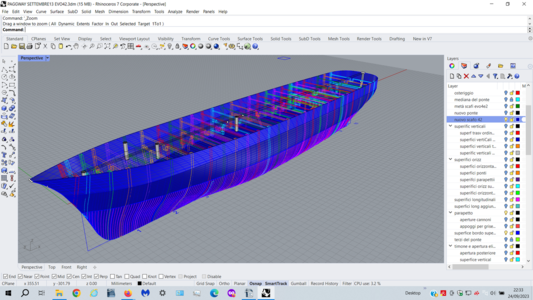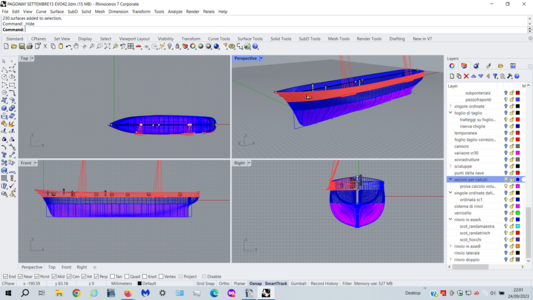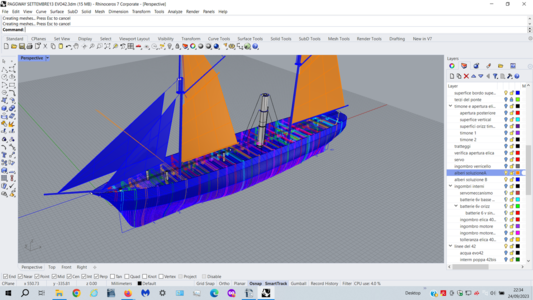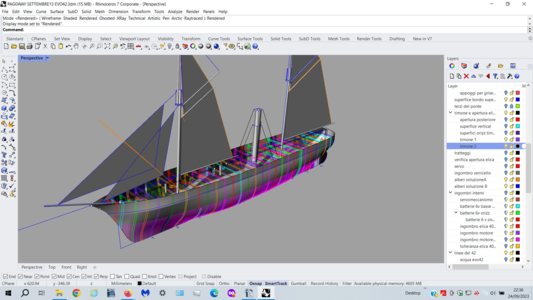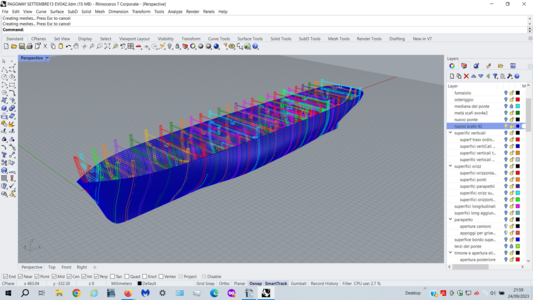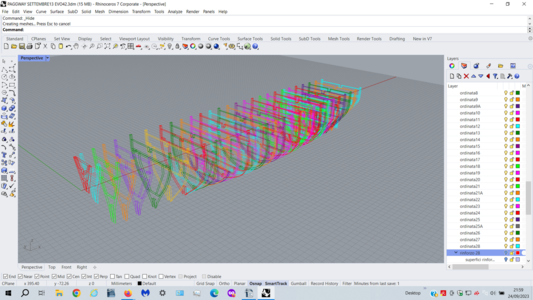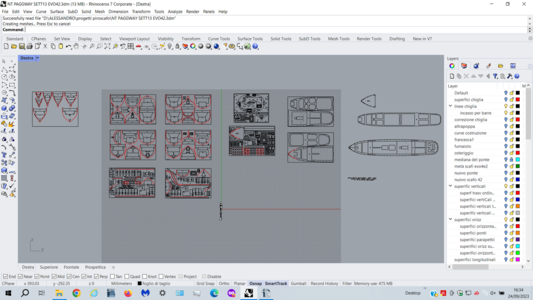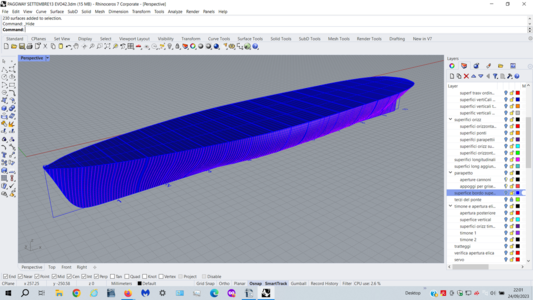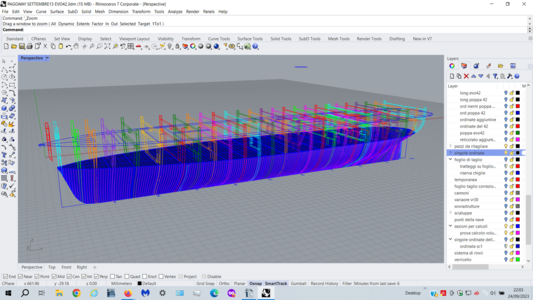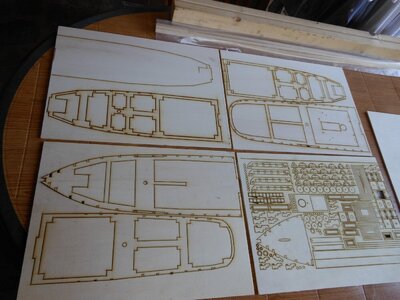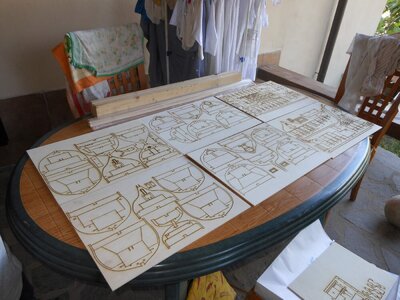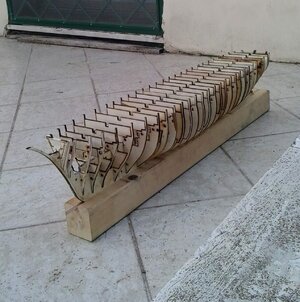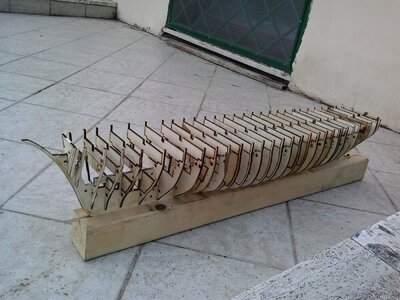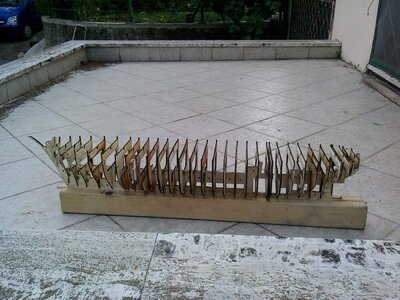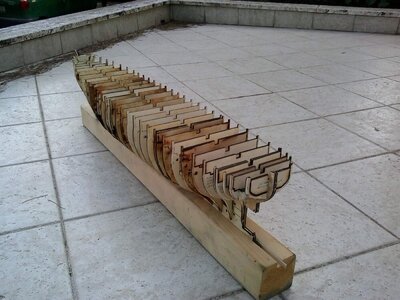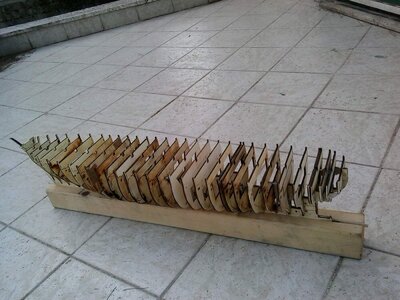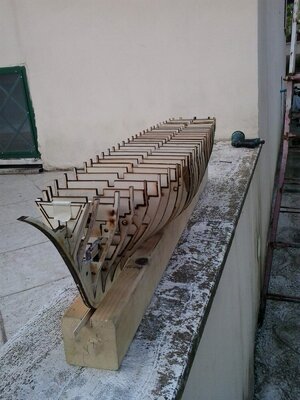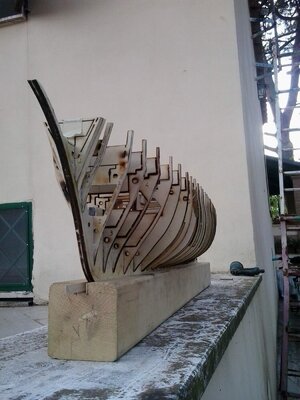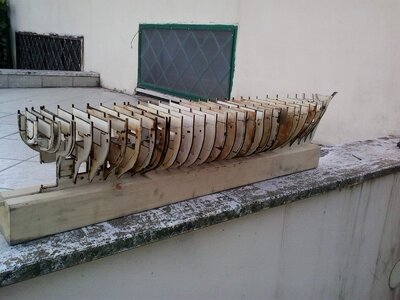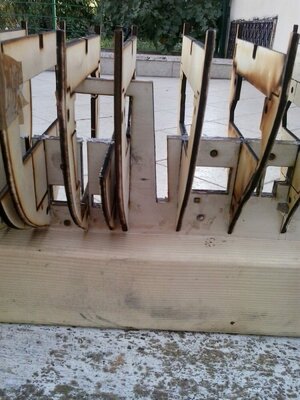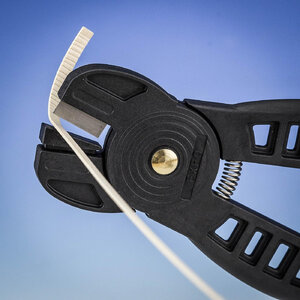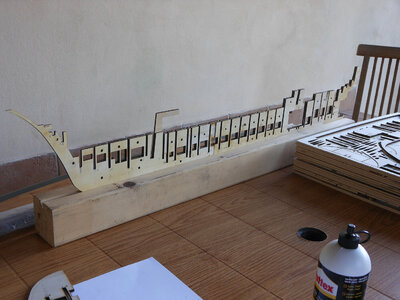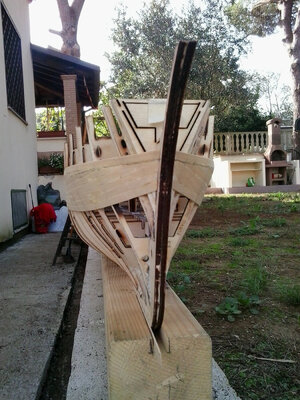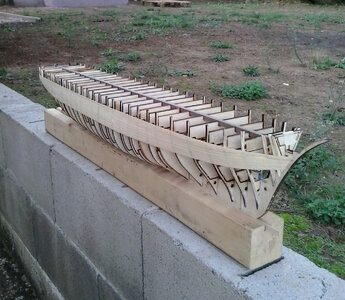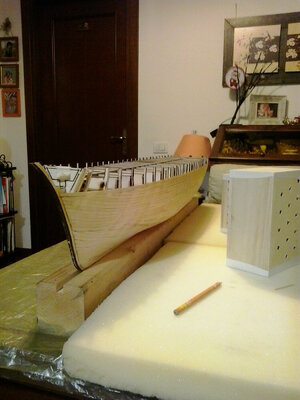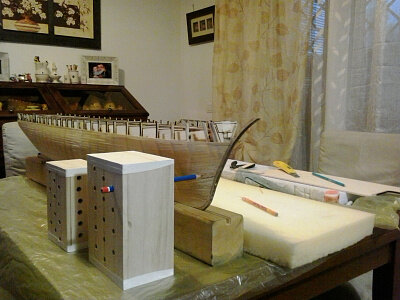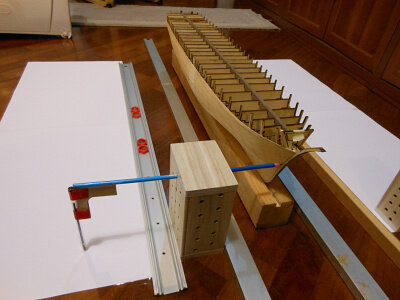- Joined
- Sep 22, 2023
- Messages
- 173
- Points
- 143

Modello RC in scala 1/60 di goletta, liberamente ispirato ad un piroscafo cannoniera della seconda metà del 1800.
Per "liberamente ispirato" intendo che non avevo nè immagini dettagliate nè piani ma solo queste litografie che allego.
Ho scelto questo tipo di nave perchè in quel periodo la vela e la propulsione ad elica hanno convissuto.
In questo modo ho potuto costruire un modello RC navigante a vela e a motore, storicamente coerente.
Si tratta di cannoniere della classe USS Unadilla che hanno combattuto nella guerra civile americana.
Era importante che il modello potesse entrare nel bagagliaio di un'autovettura e questo tipo di nave, se fatto in scala 1/60, andava bene.
By "freely inspired" I mean that I had neither detailed images nor plans but only these lithographs that I attach.
I chose this type of ship because in that period sailing and propeller propulsion coexisted.
In this way I was able to build a historically coherent sailing and motor RC model.
These are USS Unadilla class gunboats that fought in the American Civil War.
It was important that the model could fit in the trunk of a car and this type of ship, if made in 1/60 scale, was fine.
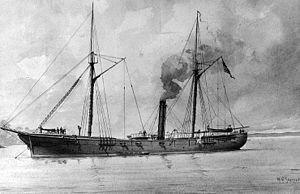
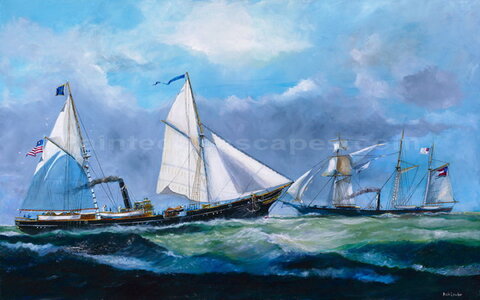
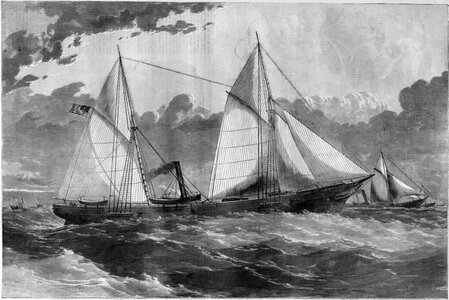
Per "liberamente ispirato" intendo che non avevo nè immagini dettagliate nè piani ma solo queste litografie che allego.
Ho scelto questo tipo di nave perchè in quel periodo la vela e la propulsione ad elica hanno convissuto.
In questo modo ho potuto costruire un modello RC navigante a vela e a motore, storicamente coerente.
Si tratta di cannoniere della classe USS Unadilla che hanno combattuto nella guerra civile americana.
Era importante che il modello potesse entrare nel bagagliaio di un'autovettura e questo tipo di nave, se fatto in scala 1/60, andava bene.
By "freely inspired" I mean that I had neither detailed images nor plans but only these lithographs that I attach.
I chose this type of ship because in that period sailing and propeller propulsion coexisted.
In this way I was able to build a historically coherent sailing and motor RC model.
These are USS Unadilla class gunboats that fought in the American Civil War.
It was important that the model could fit in the trunk of a car and this type of ship, if made in 1/60 scale, was fine.





